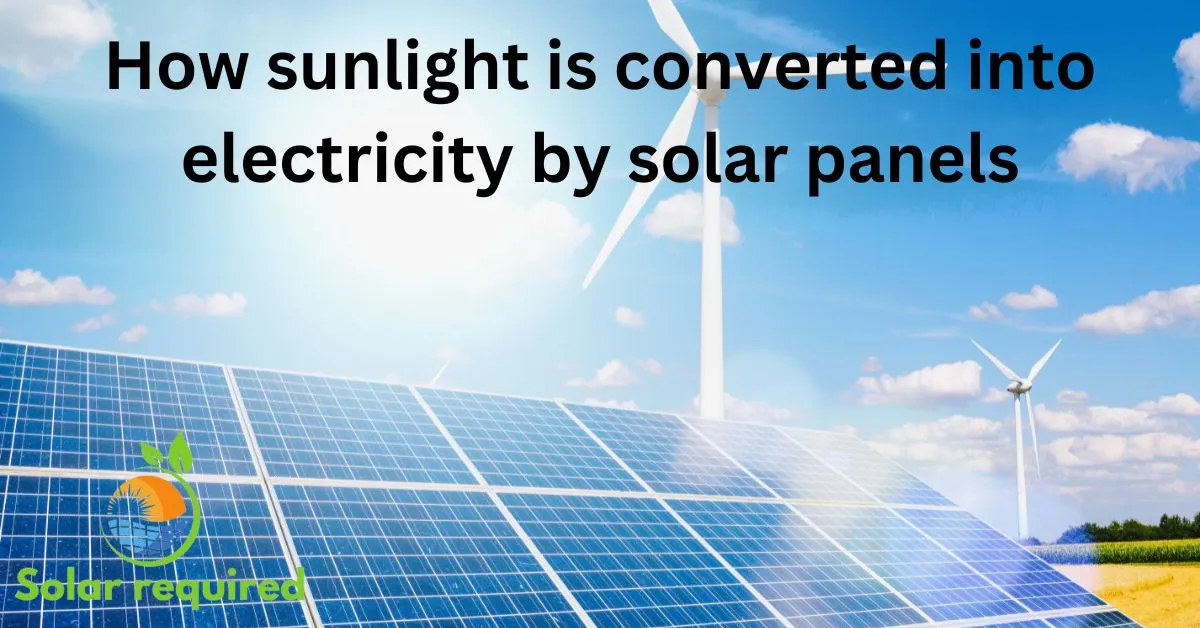The renewable energy investment tax credit (ITC) is a key tax benefit in the U.S. It helps grow solar, wind, and other renewable energy fields and gives big tax benefits to those who choose eco-friendly energy options.
Knowing how the ITC works and who can use it is important. It helps move us towards a greener energy future.

What is the Renewable Energy Investment Tax Credit (ITC)?
The renewable energy tax credit (ITC) is a federal tax incentive. That encourages investment in renewable energy projects. And helps promote clean energy technologies like solar, wind, and geothermal.
Definition and Purpose of the ITC
The ITC is a tax credit that lets taxpayers deduct a part of the cost of renewable energy systems. It aims to grow the renewable energy industry. This makes it easier for people and businesses to invest in clean energy.
Recent Post: Mounting Brackets for Solar Panels
Qualifying Technologies and Projects
- Solar energy systems, including photovoltaic (PV) panels, solar water heaters, and solar space heating and cooling systems
- Wind energy systems, including both small-scale and utility-scale wind turbines
- Geothermal heat pumps and geothermal electric generation systems
- Fuel cells and microturbines that generate electricity from renewable fuels
- Combined heat and power (CHP) systems that use renewable fuels
- Small hydroelectric power plants
To qualify for the ITC, the system must be new or in its first year of use. It must be installed on a property. Both individuals and businesses can claim the ITC, making it a great incentive for many.
| Renewable Energy Technology | ITC Eligibility |
|---|---|
| Solar Energy | Yes |
| Wind Energy | Yes |
| Geothermal Energy | Yes |
| Fuel Cells | Yes |
| Small Hydroelectric | Yes |
| Biomass Energy | No |
Eligibility Criteria for Tax Credit
The renewable energy investment tax credit (ITC) helps businesses and individuals with clean energy projects. To get this tax credit, you must meet certain rules. Knowing these rules is key to getting the most from the ITC and renewable energy financing and clean energy investment.
Projects like solar, wind, and geothermal systems are eligible. The project must start working by certain dates, which depend on the technology. Also, the person or company using the system must owe taxes and meet IRS standards.
- Eligible renewable energy technologies: Solar, wind, geothermal, and other qualified systems
- Placed-in-service deadlines: Vary by technology
- Ownership structure: The owner of the project must have a tax liability to claim the credit
- Efficiency and performance requirements: Systems must meet IRS standards
The renewable energy tax credit offers big carbon offset tax advantages and alternative energy financial incentives. Knowing the rules is the first step to using the ITC and getting the most from your clean energy investment.
| Eligible Technologies | Placed-in-Service Deadline | Tax Credit Percentage |
|---|---|---|
| Solar | December 31, 2023 | 26% |
| Wind | December 31, 2021 | 18% |
| Geothermal | December 31, 2023 | 26% |

(ITC) Rates and Phaseout Schedule
The (ITC) has been key in growing the renewable energy sector in the U.S. It gives businesses and people a big incentive to use sustainable energy. This helps lower carbon emissions and makes our future greener.
Current Tax Credit Percentages
Right now, the ITC offers these tax credit percentages for different renewable energy techs:
- Solar energy systems: 26% of the total project cost
- Fuel cells: 26% of the total project cost
- Small wind turbines: 26% of the total project cost
- Geothermal heat pumps: 26% of the total project cost
- Microturbines: 26% of the total project cost
Future Phaseout Timeline
The ITC program will slowly decrease over the next few years. The tax credit percentages will go down like this:
- Solar energy systems will keep a 26% tax credit until 2022. Then, it will drop to 22% in 2023. For homes, it will end in 2024. For businesses, it will be 10% in 2024.
- For other eligible tech, the 26% tax credit will stay until 2022. It will then drop to 22% in 2023. It will end in 2024.
These changes in the ITC program help as renewable energy gets cheaper and more common. But, the ITC’s future depends on ongoing talks and possible law changes.
Related: Caravan Solar Panels
Claiming the Renewable Energy Investment Tax Credit
Claiming the investment tax credit (ITC) is easy with the right info. The ITC helps businesses and people who invest in green energy. It’s a big help for those who go green.
Documentation and Filing Requirements
To get the ITC, you need to gather and send in the right papers. This includes:
- IRS Form 3468, which is used to calculate the investment tax credit
- Proof of the renewable energy system installation, such as receipts, invoices, and contracts
- Certification from the manufacturer or installer that the system meets the ITC’s technical requirements
- Documentation demonstrating the system’s placed-in-service date
You must file the ITC claim with your federal tax return. Make sure you include all the needed forms and papers. The ITC has rules and phases out, so getting help from a tax pro is wise. This way, you can get the most tax savings.
| Key Requirement | Documentation Needed |
|---|---|
| IRS Form 3468 | Used to calculate the investment tax credit |
| Proof of Renewable Energy System Installation | Receipts, invoices, and contracts |
| Certification of Technical Requirements | Placed-in-Service Data Documentation |
| Placed-in-Service Date Documentation | Demonstrate the system’s installation date |
Knowing what you need for the energy tax credit (ITC) helps. Businesses and people can get the most tax breaks for their green energy investments.

Conclusion
The renewable energy investment tax credit (ITC) is key in the U.S. for clean energy growth. It gives tax breaks for renewable energy projects. This has helped make sustainable energy more popular across the country.
The U.S. government is serious about cutting carbon emissions. It supports a green energy future with the ITC. Tax credits for solar, wind, and geothermal power make these options more affordable.
As the ITC changes, it’s important to keep up with updates. Businesses and people should use these tax benefits. This will help the U.S. move towards a greener, more efficient future. It’s good for the economy and the planet.
FAQ
What is the Renewable Energy Investment Tax Credit (ITC)?
(ITC) is a tax incentive from the federal government. It helps people invest in renewable energy in the United States. It gives a tax credit for a part of the cost of installing systems like solar and wind.
What types of renewable energy technologies qualify for the ITC?
Many renewable energy technologies qualify for the ITC. These include solar PV systems, solar water heaters, and wind turbines. Also, geothermal heat pumps, fuel cells, small-scale hydropower, and CHP systems are eligible.
What are the eligibility criteria for the Renewable Energy Investment Tax Credit (ITC)?
To get the ITC, the project must be finished by a certain date. The taxpayer must own part of the project. The project also must meet technical requirements for its type of renewable energy.
What are the current tax credit percentages and future phaseout timeline for the Renewable Energy Investment Tax Credit (ITC)?
Right now, the ITC is 26% for solar projects and 30% for other renewable energy. The credits will go down over time. Solar’s credit will end in 2024, and others in 2023.
What are the documentation and filing requirements for claiming the (ITC)?
To claim the ITC, you need to file IRS Form 3468. You also need to provide receipts, invoices, and proof of project finish. Make sure to follow all requirements and deadlines carefully.


